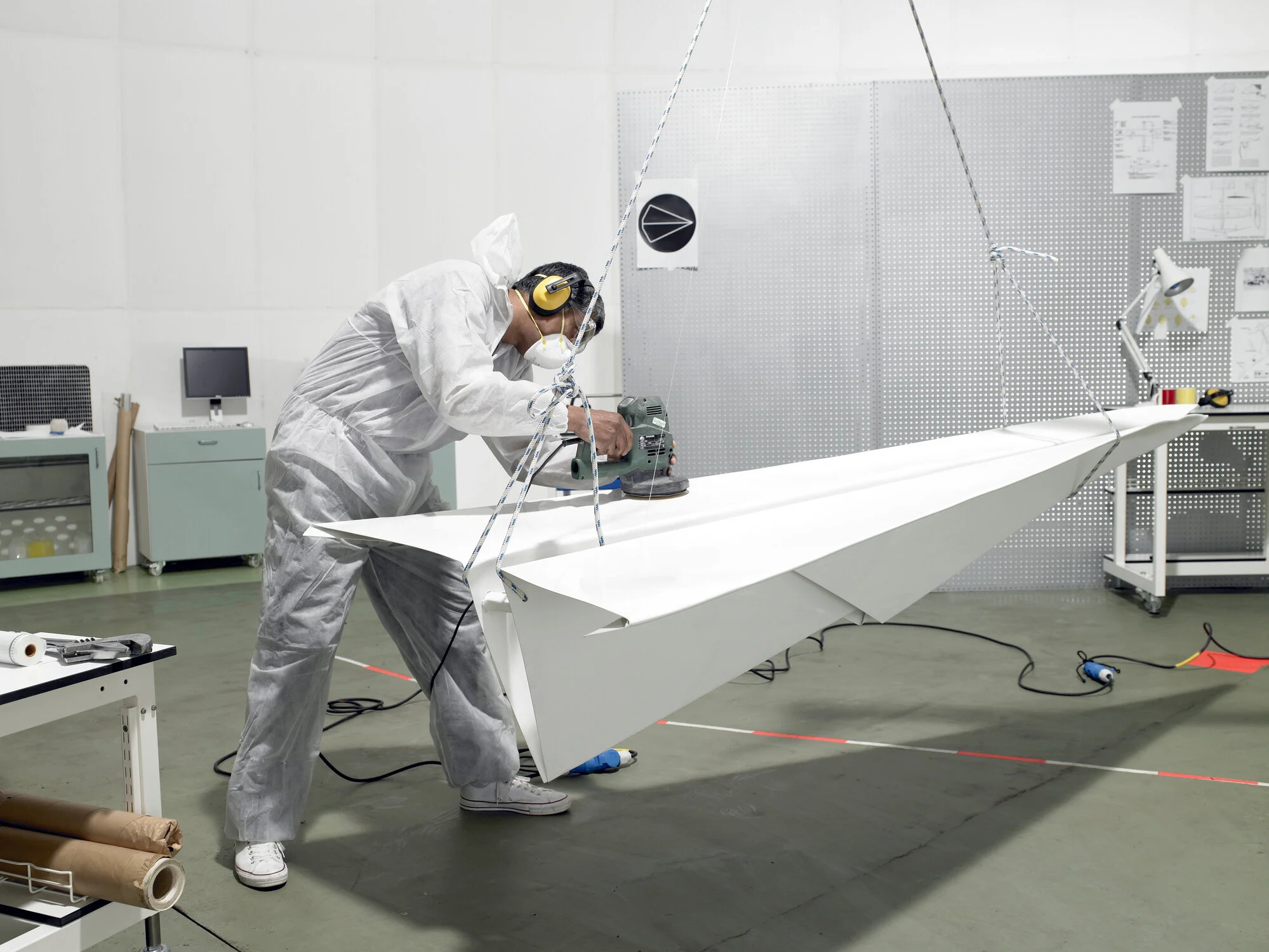Customised training
If you’re making decisions amongst many competing demands, whatever course of action you choose, some demands will always remain unmet and these will hang around in some form, to return as challenges later on.
Seeing each demand/need/tradeoff as a tension, in which both ends are desirable but not simultaneously possible, is way to see into the complexity of a problem and offers us a frame for decision making.
I’ve run a range of customised trainings for clients such as DEFRA, Boehringer Ingelheim, NHS Thames Valley Leadership Academy, Faculty of Medical Leadership & Management, Institute of Leadership & Management (Ukraine), CharityComms, Roffey Park Institute.
Here’s one example:
Tensions in Decision Making
If you’re making decisions amongst many competing demands, whatever course of action you choose, some demands will always remain unmet and these will hang around in some form, to return as challenges later on.
Seeing each demand/need/tradeoff as a tension, in which both ends are desirable but not simultaneously possible, is way to see into the complexity of a problem and offers us a frame for decision making.




